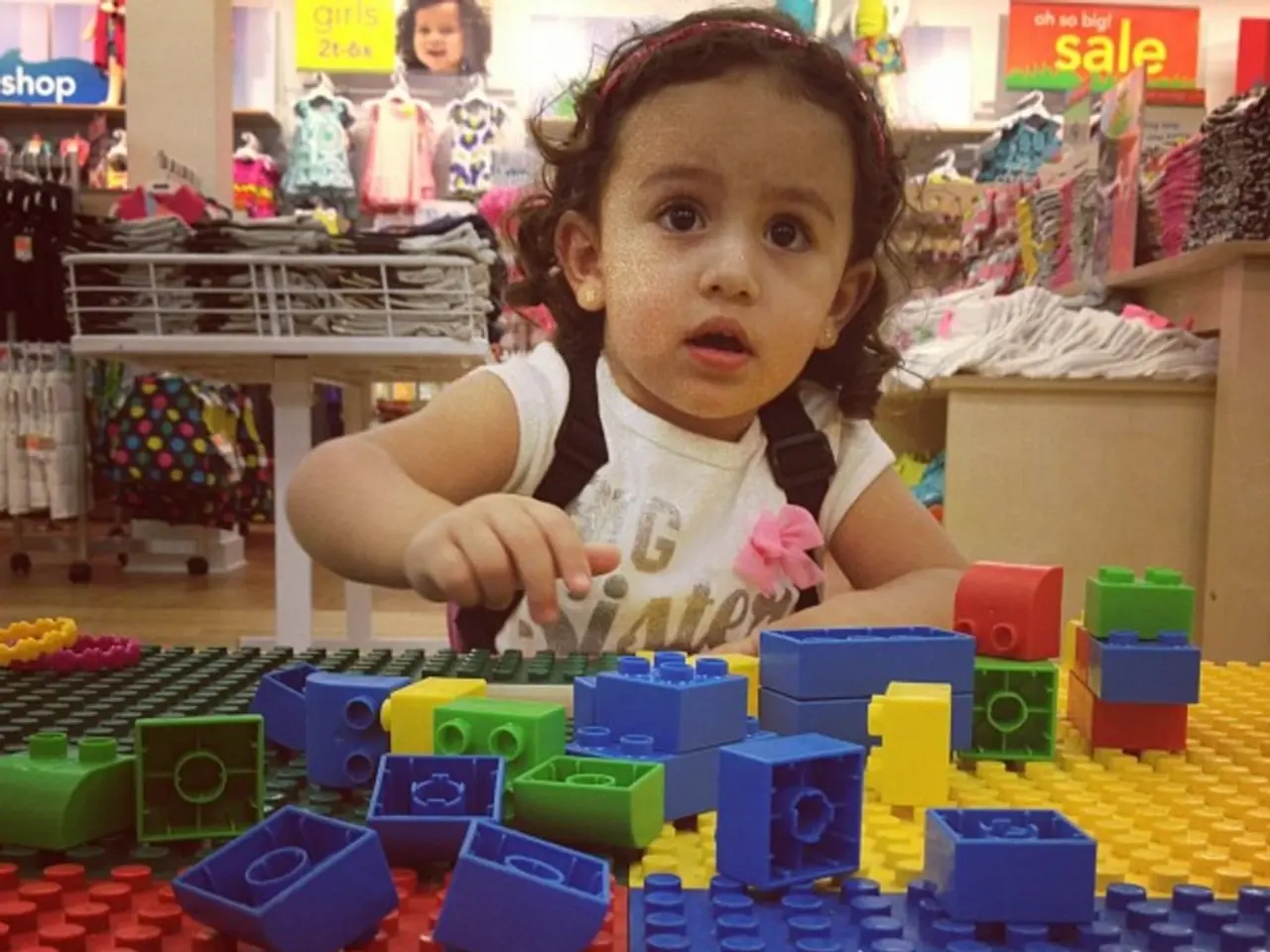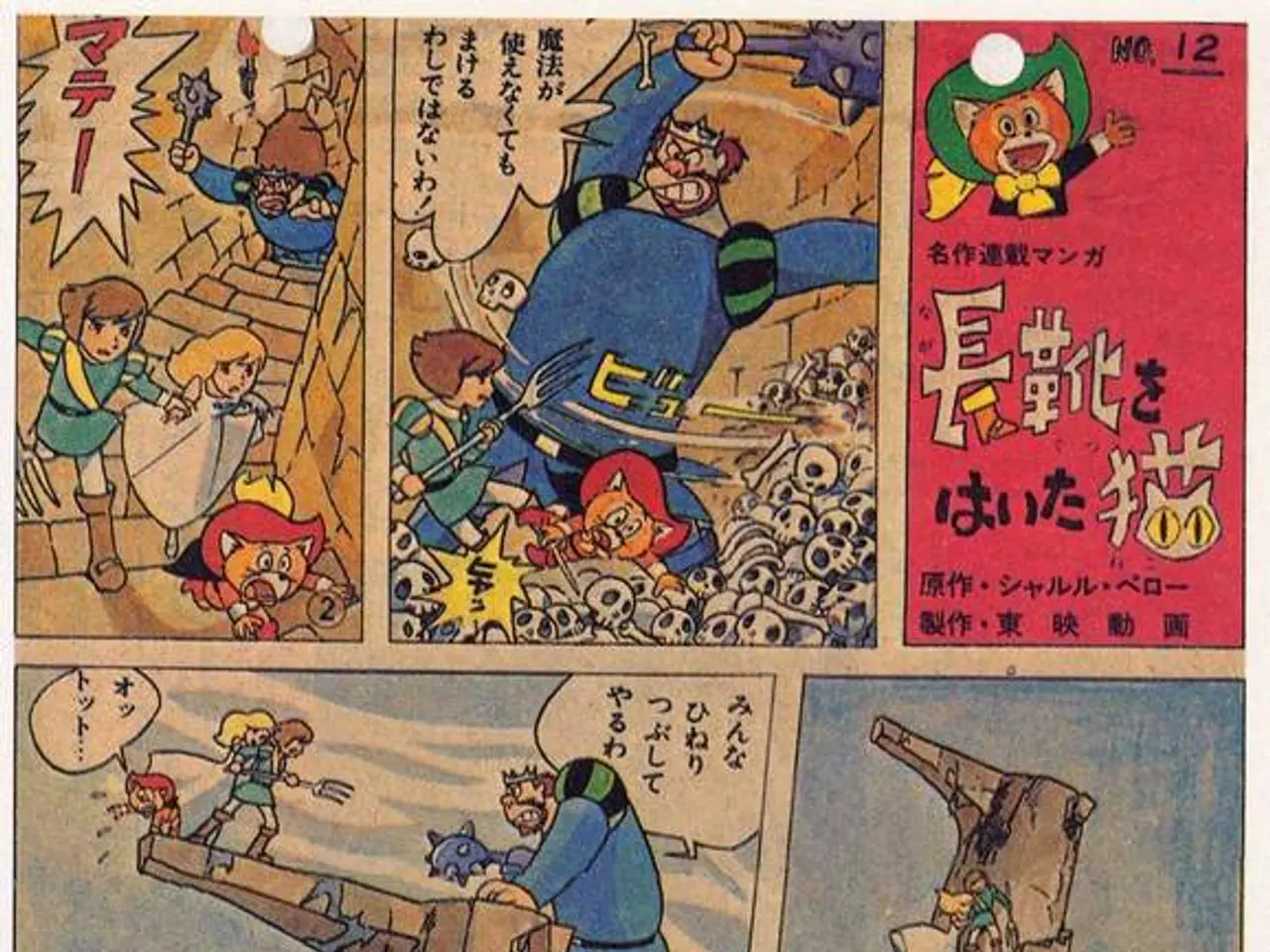Efficient Methods for Instilling Appreciation in Your Children's Hearts
In today's fast-paced world, instilling gratitude in children is more important than ever. A multitude of children's books, such as "All the World," "Andy and the Lion," "The Thankful Book," and others, serve as valuable tools in teaching kids about gratitude and generosity.
One of the many benefits of teaching gratitude is that it helps children understand others better, leading to a happier and more successful life. Books like "The Biggest House in the World" by Leo Lionni, "The Quiltmaker's Gift" by Jeff Brumbeau, and "The Marvelous Mud House: A Story of Finding Fullness and Joy" by April Graney, all emphasize the joy of being content with what one has.
Gratitude games and activities, such as gratitude journals or "gratitude jars," make saying thanks fun for kids and help them think about what they're thankful for. Encouraging children to write thank-you notes also helps them understand the value of gratitude.
Structured gratitude training programs, like "The Thanks! A Strengths-Based Curriculum," aim to teach gratitude in youth. By making gratitude a daily part of life, such as sharing what you're thankful for at dinner or before bed, thankfulness can become a lifelong habit.
Studies indicate that teaching gratitude to children benefits their social, emotional, and overall well-being. Children learn gratitude through social learning, often imitating their parents’ expressions of gratitude, which leads to greater positive emotions and stronger bonds with family, peers, and teachers. Practicing gratitude contributes to better mental health, stronger coping skills, and improved interpersonal connections, facilitating overall flourishing rather than just survival.
Additionally, children who develop gratitude habits demonstrate significantly better academic performance and emotional resilience, supporting both their emotional and cognitive well-being. Structured gratitude training programs have been shown to improve well-being, prosocial behavior, and reduce mental health challenges, reinforcing gratitude’s multidimensional benefits on psychological health and social support.
Books like "Where the Mountain Meets the Moon" and "Giving Thanks: More than 100 ways to say thank you," cater to younger audiences, while "I Am Malala: How One Girl Stood Up for Education and Changed the World, the Young Readers Edition" is for kids 11 and up. Stories like "Thank You, Mr. Falker" by Patricia Polacco and "Thank You, Omu!" by Oge Mora, show the power of gratitude in changing lives and the importance of selflessness and serving others.
Expressing gratitude not only strengthens the brain but also improves overall well-being. Teaching kids the difference between needs and wants helps them feel thankful for what they already have. By using gratitude strategies, your kids will learn to appreciate the little things, leading to a more fulfilling and happier life.
- Encouraging gratitude among children can lead to improved interpersonal connections, fostering friendships that are based on mutual respect and understanding.
- Incorporating gratitude into daily routines, such as during dinnertime conversations or before bedtime, can help instill a lifelong habit of gratefulness and appreciation.
- Studies suggest that teaching children about gratitude in relation to health-and-wellness can have positive effects on their child development, promoting a more balanced lifestyle and emotional resilience.
- Science proves that that practicing gratitude has numerous benefits, including better mental health, increased empathy, and greater success in various areas of education-and-self-development.
- Setting clear boundaries around material possessions, emphasizing the importance of appreciation and gratitude for what we have, plays a crucial role in healthy parenting and child growth, as it encourages a sense of contentment and selflessness.




